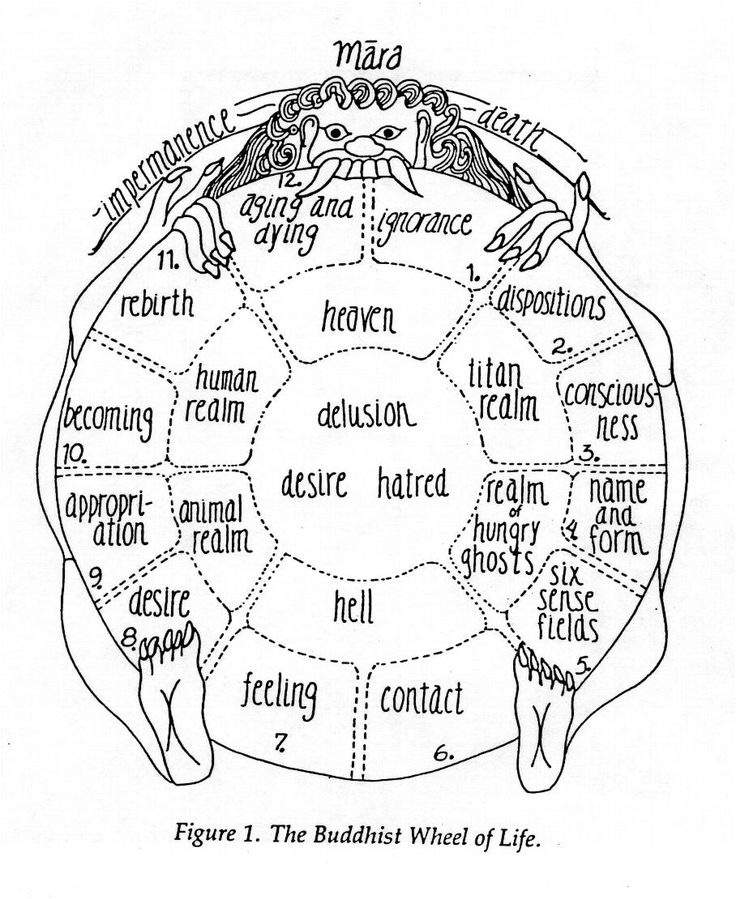
Love is what we feel when we realize we are one - two separate players in the game of life but joined together in essence, sharing our space. the "light that is one though the lamps be many." The "light" is love. And what we do to each other we do to ourselves."Įnlightenment is to recognize that at the center of the wheel, the separation one experiences at the rim is an illusion, that essentially all is One. We assume we are many, but in fact we are one. Timothy Freke, who has written so brilliantly on Gnosis in Jesus and the Lost Goddess: The Secret Teachings of the Original Christians, sums it up: "Although we seem to be separate individuals, in reality we are all expressions of one primal imagination. When we pass love from our Higher Self, near the center of the wheel, to our outer self in everyday life, we are uniting male and female. The true nature of our consciousness is an expression of unconditional love. The center symbolizes God the father and the outside symbolizes the Goddess, mother nature. At the hub of the wheel is Source, a unified quality of creative love. Where we connect to the outer rim is our interface to the physical world, this is our Ego. The Gnostics taught that we can liken the truth of our situation to a wheel, with many spokes and an outer rim. The Gnostic teaching - as found all the way back to the most ancient of literature, such as the Indian Vedas - is not a set of rules that we must follow to become 'good.' It is about discovering our own essential nature, which is good already, so that we can live spontaneously. This had the power to transform people, to lead through a process of death and rebirth to what lies behind the human condition: one's essential spirituality, a transpersonal quality shared with universal consciousness. The aim was to realize inside yourself what others may simply think or talk about. Techniques would be provided for entering other states of consciousness otherwise the emphasis was placed less and less on being given teachers and more on finding the inner resources to discover your own answers inside yourself. But when someone became a Pythagorean, it started to become a matter of learning less and less there were fewer answers and more riddles. We try to find other substitutes to fill the void we still feel inside. When we are fed facts and information, it tends not to touch us deeply and does not satisfy us. The stillness practiced in incubation was a means for coming as close as possible to the divine world. The mystery schools practiced techniques of "incubation" - like near death experiences, such that the Ego dissolved, and the seeker realizes that the life he or she had was in a way an illusion, a play: "all the world is but a play and thou the joyful player." They had schools for the initiated to acquire mystical knowledge and at the same time presented symbolic myths for the masses that were less interested in mysteries without a tangible answer and more in a good story.


There have been "mystery schools" for this purpose since ancient Egypt and the races of north India, followed by Greek philosophers (led by Pythagoras), Mediterranean cults and various pagan societies world-wide.


Acquiring gnosis has been the goal of seekers since time immemorial. The truth that lies within us, independent of external experience, learning and the views of others, is intuitive spiritual knowledge called "gnosis." It comes from the mysterious spiritual Source.


 0 kommentar(er)
0 kommentar(er)
